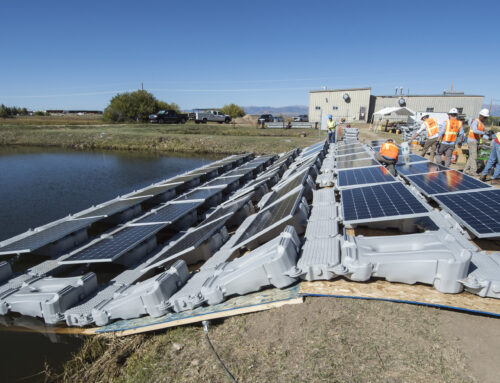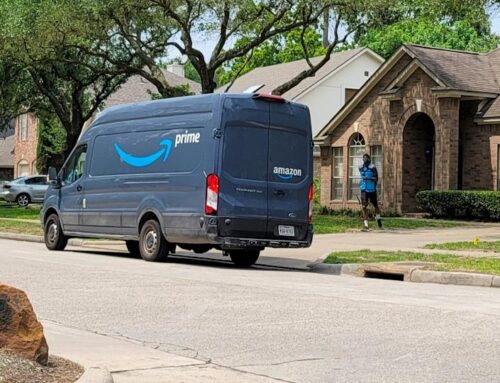My Turn | For rural Illinois to realize its renewable-energy potential, co-ops need to ste
May 6, 2025
Imagine this: Your home is powered by sunlight, your car runs on clean energy and you’re actively reducing your carbon footprint. That’s the vision we had when we went solar in 2020 — a step toward energy independence and a brighter future.
But despite generating more energy than we use, we’ve been giving nearly half of it back to Eastern Illini Electric Cooperative for free.
As residents of northern Vermilion County, we invested in a 24-kilowatt solar system to power our home and eventually charge two electric vehicles. This was our commitment to reducing reliance on fossil fuels and preparing for an electrified lifestyle. But working with Eastern Illini Electric Co-op has revealed the frustrating barriers that outdated policies create for clean-energy adopters.
Eastern Illini caps net metering — a system that credits solar customers for the energy they produce — at just 10 kilowatts, far below what many modern homes need, especially those planning to electrify vehicles and appliances. Because our system exceeds that cap, we don’t receive compensation for any energy we send back to the grid.
Essentially, we’re providing the co-op with free electricity it can redistribute, without seeing any benefits. We still have to buy electricity when the sun isn’t shining.
To put this in perspective, our monthly energy bill with Eastern Illini is around $230, while another family with a similar-sized solar system just a few miles away on Ameren’s grid pays only $11. This stark disparity stems from Eastern Illini’s structural policies, which disincentivize larger systems and leave homeowners like us in limbo — too big to qualify for net metering and too small to enjoy any benefits from commercial programs.
Over the lifetime of our system, we’ve generated 124 megawatt-hours of electricity — equivalent to about $19,000 worth of power at delivered pricing. On average, we’ve been producing 32 megawatts a year, but we’re not reimbursed for the 15 megawatts per year that Eastern Illini keeps for free.
When we’ve asked why, the response has been the same: “That’s just the way the rules are.” Meanwhile, homeowners with systems capped at 10 kilowatts do get net-metering reimbursement, highlighting how these outdated rules fail to meet the demands of modern electrified homes.
If rural electric co-ops like Eastern Illini are serious about embracing the clean-energy transition, they must adapt. This includes raising or eliminating residential net-metering caps, offering fair reimbursement rates and supporting larger residential systems that align with the energy needs of the future.
If rural electric cooperatives don’t become friendlier to member-owners who have gone solar, it may be time to support legislation such as the Clean and Reliable Grid Affordability Act (Senate Bill 2473).
Despite these challenges, we don’t regret going solar. There’s nothing like driving a car powered by sunshine, knowing that you’re helping reduce emissions. Since installing our system, we’ve prevented almost 195,000 pounds of carbon-dioxide emissions — equivalent to planting almost 1,500 trees.
But for rural Illinois to realize its renewable-energy potential, co-ops need to step up. We hope others will join us in urging Eastern Illini and other co-ops to modernize their policies so more families can confidently invest in clean energy and build a greener, more sustainable future for all.
Search
RECENT PRESS RELEASES
Related Post




